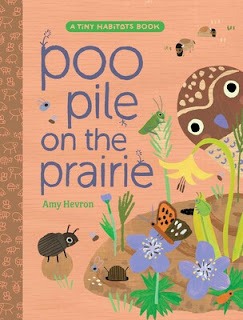Mega Math Maze: A Multiplication Adventure
by Kjartan Poskitt
Illustrations by Seb Burnett
Workman Kids
An imprint of Workman Publishing
Hachette Book Group, Inc.
2025
48 pages
ISBN: 9781523530854
Learning and practicing multiplication tables is now fun! Kjartan Poskitt's creation of a fun adventure through connecting mazes will entertain and capture a reader's attention using questions, fun comic characters called numbugs who lead the way, dialog bubbles, a variety of settings and die-cut pages with possible correct answers.
There is no right or wrong order to complete the mazes. The reader has the choice to visit the adventure of their choice featuring the swamp, the jungle, Yeti Mountain, Termite Mound, or visit the crowd of penguins in Polar Pathways. There are fourteen different mazes to explore and enjoy.
Bonus pages are a treasure! Excellent "insider" tips include times table tricks that would have come in handy when I was in school, but now that I know the "Amazing Two Times Table" trick, I will be able to use it to multiply any two numbers as long as I can add and divide by two. Who knew there were tricks and patterns in math? Well, probably Einstein, but he was a genius. The average fourth grade math student probably does not see patterns or invent tricks to learn multiplication. If Mega Math Maze were used as a teaching tool, students would be able to easily master multiplication and use critical thinking and engage their brain the entire time. Learners would more likely stay on task and have fun doing it. Students might engage with other students as they go through the mazes, even making it a springboard for collaboration and dialog.
Captivating, colorful, comic illustrations by Seb Burnett capture the personalities of the numbugs, the beauty of the African animals, the silent stealth of the nocturnal animals in the forest and on Yeti Mountain, wolves look on with happy smiles as the blue Yeti emerges, bug-eyed and furry, seemingly ferocious but secretly playful as he has a snowball in his hand ready to launch at an unsuspecting someone. Gleeful and whimsical! This is math? Yes, please.
Highly, highly recommended for ALL learners, even if adult. You will pick up some fancy tricks that will amaze you.
Grades 4 and up, and yes, all adults. Excellent tool for use in home schools. A MUST HAVE, MUST EXPERIENCE book.







